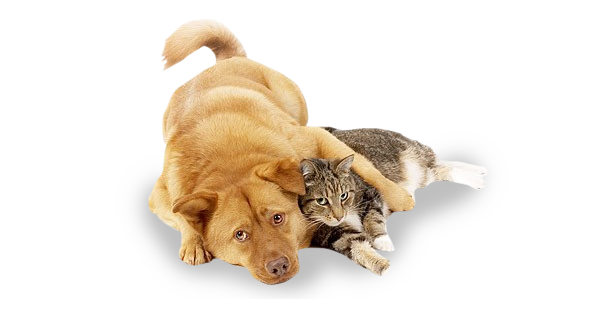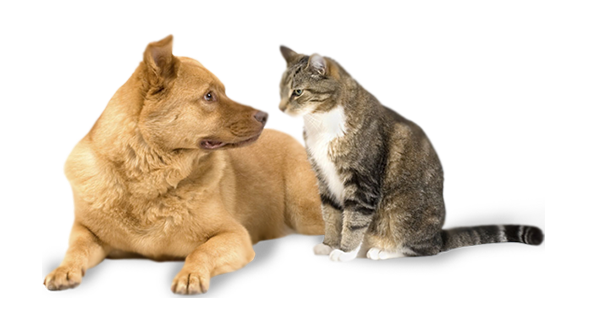Dental disease
Dental disease is a major clinical problem affecting both dogs and cats of all breeds. It is thought that periodontal disease affects 70% of adult dogs and cats and is often picked up as an incidental finding when a pet is brought in for another reason e.g vaccination.
Signs of dental disease include halitosis, discoloured/bleeding gums, pain or reluctance on eating, discolouration of teeth, gum recession and sometimes a swelling on the cheek due to a tooth root abscess.
What causes dental disease?
Plaque is a mixture of bacteria and food debris which, if it accumulates, hardens to form calculus and creates a pocket for bacteria to penetrate, leading to gingivitis (inflammation of the gum), then periodontal(tissues surrounding the tooth) inflammation and ultimately loss of the tooth.
Cats have a specific form know as a neck lesion (or Feline Odontoclastic Resorptive Lesion, FORL) which can be acutely painful even though many cats hide symptoms and appear to eat normally.
Investigation and treatment involves an initial examination of the oral cavity as far as possible in a conscious animal to make a provisional assessment. Your pet will require a general anaesthetic for a further, more in depth assessment. All the teeth will be scaled and polished. Once the tartar is removed the gingiva and teeth can be examined more thoroughly. We may then use our dental x-ray machine to take radiographs to assess a particular tooth and the health of various structures surrounding the tooth. Extractions are often necessary which is why it is important to act promptly.
What can we do to help?
The most effective way to reduce animal dental disease is to brush your pets’ teeth to prevent the plaque building up. There are specially shaped toothbrushes as well as finger brushes for cats which are available with dog and cat toothpaste. Ideally brushing should be done daily. For those pets who see the toothbrush as public enemy No 1 there are plenty of other options! For dogs, encourage chewing through the use of hard biscuits, and toys designed specifically to encourage the chewing action. These can sometimes be used along with dental paste.
If your pet is not a toy type then the use of an oral gel which reduces the level of bacteria within the mouth may help slow the development of periodontal disease.
Cats are a little more tricky if not tolerating brushing and the use of specifically designed dry food to ensure chewing can be helpful.
Ideally this should be done from a young age but it’s never too late to start! Speak to our veterinary staff for more information on preventing animal dental disease.



